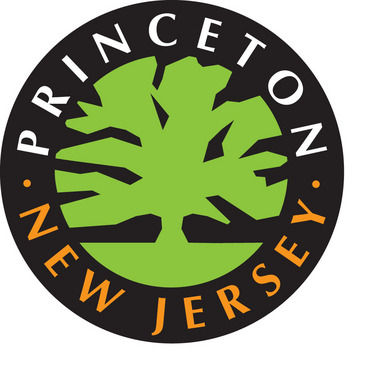By Philip Sean Curran, Staff Writer
A former Masonic lodge on Maclean Street will be turned into a 10-unit apartment building, with the developers getting the necessary zoning variances this week for their project.
The redevelopment will preserve a building that once had been a focal point of social activity for decades in the once predominately black Jackson-Witherspoon neighborhood. The concept of an adaptive reuse appealed to community members who weighed in at the municipal zoning board hearing that began Wednesday and ended after midnight Thursday.
At the end of long night turned into early morning, board members voted 5-2 to approve the development, despite misgivings from the two dissenting board members about the density of the proposal.
The apartments will occupy what is a three-story building that the developers plan to add a fourth story to without increasing the overall size of the 5,852-square-foot-building, municipal planner Lee O. Solow told the board. He said that would be done by re-spacing the floors.
“The building won’t get any higher,” he said. “The exterior will look pretty much the same.”
The 10 units, two of which will be set aside as affordable housing, will include a mix of efficiencies and one and two-bedroom apartments—ranging in size from 400 square feet to 1,000 square feet.
Later in the hearing, project architect Joshua Zinder, also part of the Princeton Maclean LLC that had the application before the board, sought to correct some of Mr. Solow’s comments. He said there are four floors in the building already, including a mezzanine that will be completed into a full floor of the building. He said he hoped to avoid the need to re-space the floors, although he said that might have to happen.
In making their case, the developers sought to demonstrate that the project would meet housing needs by preserving a unique building. The project comes at a time when the town is looking to preserve the historic character of that section of Princeton, amid concerns some have raised about developers buying up properties, tearing them down and building bigger homes in their place.
In this case, the developers sought input from the community. Aubrey Haines, part of the group of developers, testified at the hearing that his side had had a community meeting in January 2015 at the Arts Council, with some 70 neighbors attending.
In explaining the need for 10 apartments, Mr. Haines said the development needed to work financially to have enough market-rate units given the requirement for affordable housing, which are priced below market rate. The average price of the apartments would range between $1,500 to $2,500 a month.
Public comment ran the gamut, with advocates touting the benefits of having more housing in a way that preserves a historic building that dates to 1924. Former Borough Mayor Yina Moore offered her support for the project, as did local activist Kip Cherry in stressing the need to save the building.
Yet John Street resident Bill Urian raised concern about density being a problem in that neighborhood.
Work on renovating the building is due to begin this spring, with the units ready either later this year or toward the early part of 2017, Mr. Haines said afterward.
The site is one of the properties located within a proposed historic district for that part of town. Birch Avenue resident Leighton Newlin, a lodge member, called the building “iconic.” Though calling the redevelopment as “not perfect,” he said he supported a project that he felt is good for the neighborhood.
According to the developers, the target market for the units would include people from the neighborhood as well as millennials.
At an event last month put on by the Princeton Regional Chamber of Commerce, Mr. Haines, the CEO of Mercer Oak Realty, participated in a panel discussion touching on real estate trends in which he said research has found that nearly half of all millennials living in cities want to move to the suburbs.

